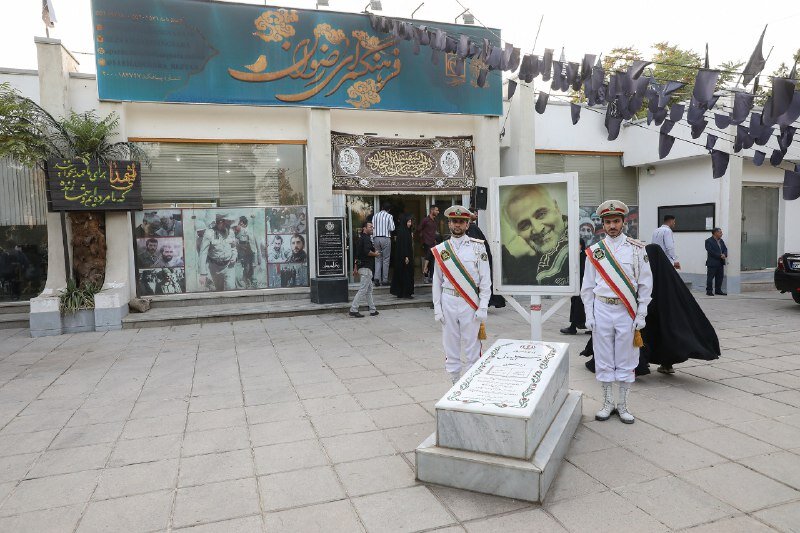Black Friday: A turning point in Iran’s fight against tyranny

The 17th Shahrivar uprising, which occurred on September 8, 1978, is known as a turning point in Iran’s history. Many historians and analysts believe that the Islamic Revolution happened due to what occurred on this specific day.
Ayatollah Ruhollah Khomeini, the founder of the Islamic Republic of Iran and the leader of the 1979 Islamic Revolution, began his political endeavor and fight against the monarchy in 1962. But it wasn’t until January of 1978 that major protests began taking place in his support. Large demonstrations took place in the shrine city of Qom, after an Iranian newspaper, Ettelaat, published a front-page editorial insulting the highly respected cleric. Several thousand protesters attacked symbols of the monarchy and clashed with the regime’s forces in response to the move.
From there, protests started to become more often and also more widespread. But the most significant of them all perhaps happened on the day known in the modern Iranian calendar as Black Friday, which saw thousands of Iranians take to the streets of the capital Tehran to protest the despotic rule of the Shah.
The Shah’s regime had concluded that it must act more heavy-handedly in smothering the protests a day before the tragic day.
On Thursday, September 7, 1978, following the call of clerics, about two million people in Tehran gathered in Azadi Square (formerly Shahyad) to hold a massive rally against the monarch. People’s demonstrations had become more coordinated as they were in the holy month of Ramadan and thus got to meet each other more often in religious sites. Some accounts claim people chanted “death to the Shah” for the first time on that day. Before September 7th, citizens could not muster up the courage to shout their sheer opposition. But due to the large number of protesters present, people seemed to have gained the confidence that they would be able to move past the Shah and start a new chapter in their country’s history.
What happened on that Thursday noon deeply shocked the Shah and his protégés. It was as if the detested monarch’s “island of tranquility” had just begun to drop its patina and reveal its true colors to the king. The Shah realized that he was truly unpopular and that the masses wanted him anywhere but on the throne.
Jitters also started growing among the Shah’s military officials. They urged the king to impose martial law in a bid to control the protesting crowd. They were also aware that people were planning to march the streets the next day and were trying to prevent any raid on government institutions.
After mulling over the issue and consulting with American and British envoys, the Shah agreed to impose martial law in twelve major cities, including Tehran.
A few hours after the order thousands of people who were unaware of the military decision gathered in Shohada square (formerly Zhaleh) to renew their opposition towards the Shah. The monarchy’s forces however pulled no punches in trying to maintain the martial law. In a matter of a few seconds, dead bodies started piling up while civilians tried to save their lives in a dreadful frenzy.
We don’t have the exact number of the people killed during the massacre but some estimates show about 2000 to 4000 people were slaughtered on that day, after forces of the Pahlavi regime were instructed to open fire on peaceful demonstrators. Tanks and military helicopters reportedly also took part in killing people.
As mentioned before, for many historians and analysts it is safe to say that Shahrivar 17th, regarded as one of the darkest points in Iran’s history, was a pivotal day that led to the victory of the Islamic revolution. The tragedy bolstered Iranians in their struggle and the Shah, realizing the strong-willed determination of the Iranian people, was eventually forced to flee the country.
The Islamic revolution emerged victorious 6 months after the bloody massacre of the Black Friday.
Leave a Comment